Introduction to Stem Cell Therapy
Stem cell therapy, a burgeoning sector of regenerative medicine, harnesses the power of stem cells to repair or replace damaged cells. These multi-talented cells, capable of differentiating into any type of specialized cell, hold immense potential in treating numerous diseases and conditions. The National Institute on Aging offers a comprehensive look at the nature and capabilities of stem cells.
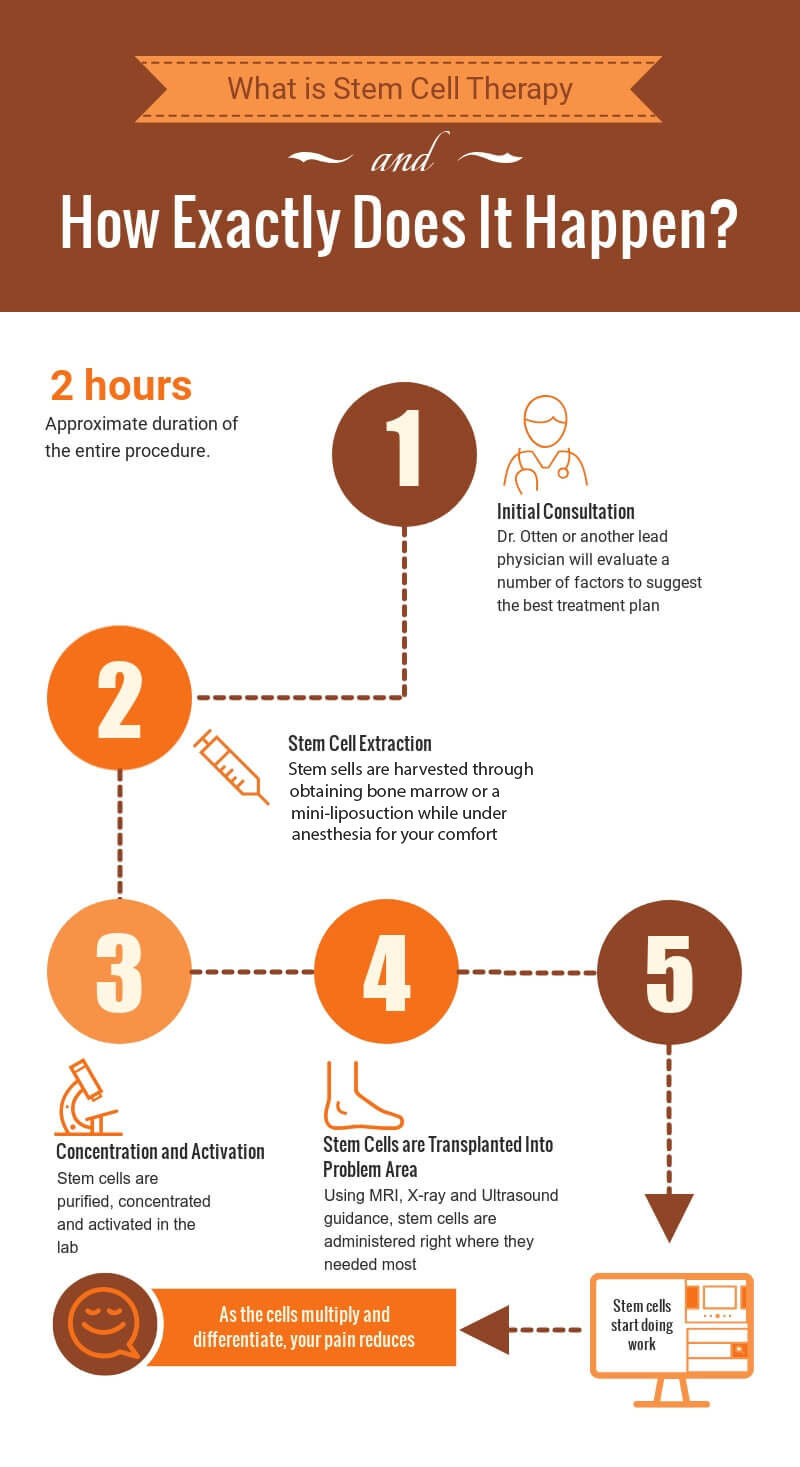
The Relationship Between Stem Cells and Hair Growth
Recent research has shown a substantial connection between stem cells and hair growth. Hair follicles, the tiny organs responsible for hair growth, are teeming with stem cells. When these cells become damaged or age, hair loss can result. Studies suggest that by replenishing or rejuvenating these stem cells, we may be able to restore hair growth, opening a new avenue for combating hair loss.
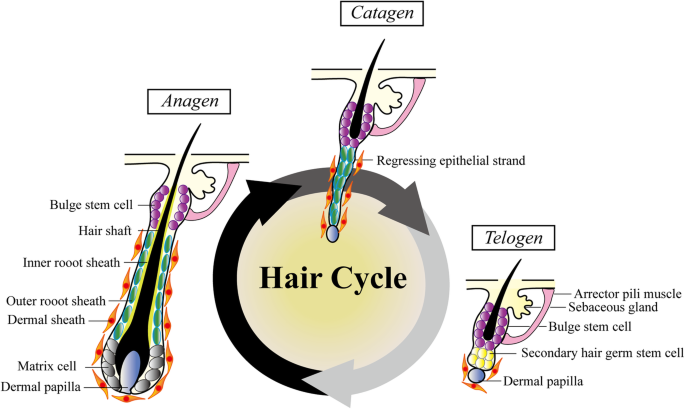
The Scientific Perspective on Hair Loss
Understanding hair loss requires a deep dive into the realm of biology. Each strand of hair on our scalp undergoes a growth cycle comprising various stages – Anagen (growth phase), Catagen (transition phase), and Telogen (resting phase). When this cycle is disrupted or when hair follicles are destroyed and replaced with scar tissue, hair loss occurs.
Primary Causes of Hair Loss
Hair loss, or alopecia, doesn’t distinguish between genders. Common causes range from hormonal changes, medical conditions, medications, and a significant factor – stress. However, men are more likely to lose their hair than women, mostly because of male pattern baldness.
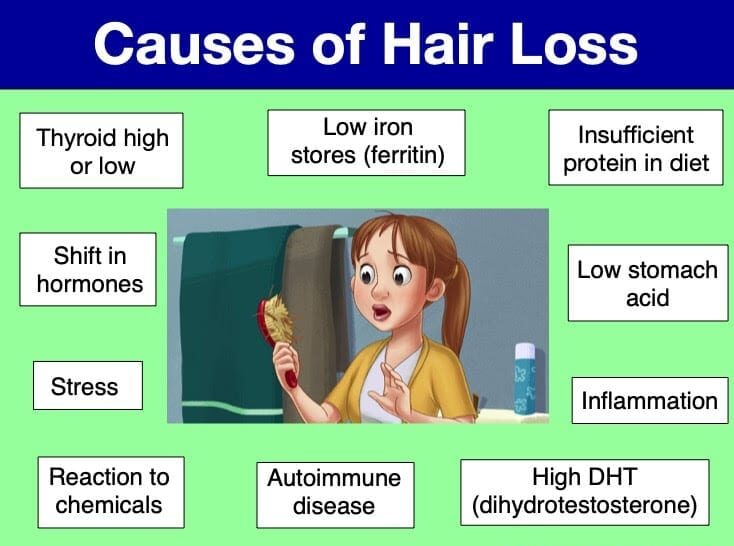
Genetics and Hormones: The Invisible Culprits
Genetics and hormones play a significant role in hair loss. A history of baldness in your family increases the likelihood of you experiencing hair loss. Hormonal changes and imbalances can also cause temporary or permanent hair loss. Conditions such as polycystic ovary syndrome (PCOS) in women can lead to androgenic alopecia.
Current Hair Loss Treatments
When it comes to treating hair loss, there are several options currently available. Medications like Minoxidil and Finasteride are often the first line of defense. Minoxidil, a topical solution, encourages hair growth by prolonging the growth phase of hair follicles. Finasteride, on the other hand, is an oral medication that prevents the conversion of testosterone to DHT, a hormone that can cause hair follicles to shrink.

For more advanced hair loss, patients may opt for hair transplant surgery, which involves moving hair follicles from one part of the scalp to another.
Limitations and Side Effects of These Treatments
While these treatments can be effective, they come with limitations and side effects. Minoxidil must be applied continuously for results and can cause side effects like scalp irritation. Finasteride may cause sexual side effects. Hair transplant surgery, though often effective, is invasive and can lead to complications like infection or scarring.

Early Studies on Stem Cell Therapy for Hair Loss
Stem cell research for hair regeneration has its roots in the late 20th century, with scientists exploring the potential of hair follicle stem cells to stimulate hair growth. Early studies indicated the potential of these cells to regenerate hair follicles, laying the groundwork for future advancements.

Role of Stem Cells in Hair Follicle Regeneration
Stem cells are crucial in hair follicle regeneration. They reside in the follicular bulge, a structure attached to the side of the hair follicle. When hair follicles enter the growth phase, these stem cells are activated and contribute to new hair shaft production.
Current Advancements in Stem Cell Therapy for Hair Loss
Recent breakthroughs in stem cell research for hair loss are promising. Scientists have successfully grown hair follicles in the lab using stem cells, marking a significant step towards developing effective treatments. However, translating these laboratory successes into clinically viable solutions still remains a challenge.
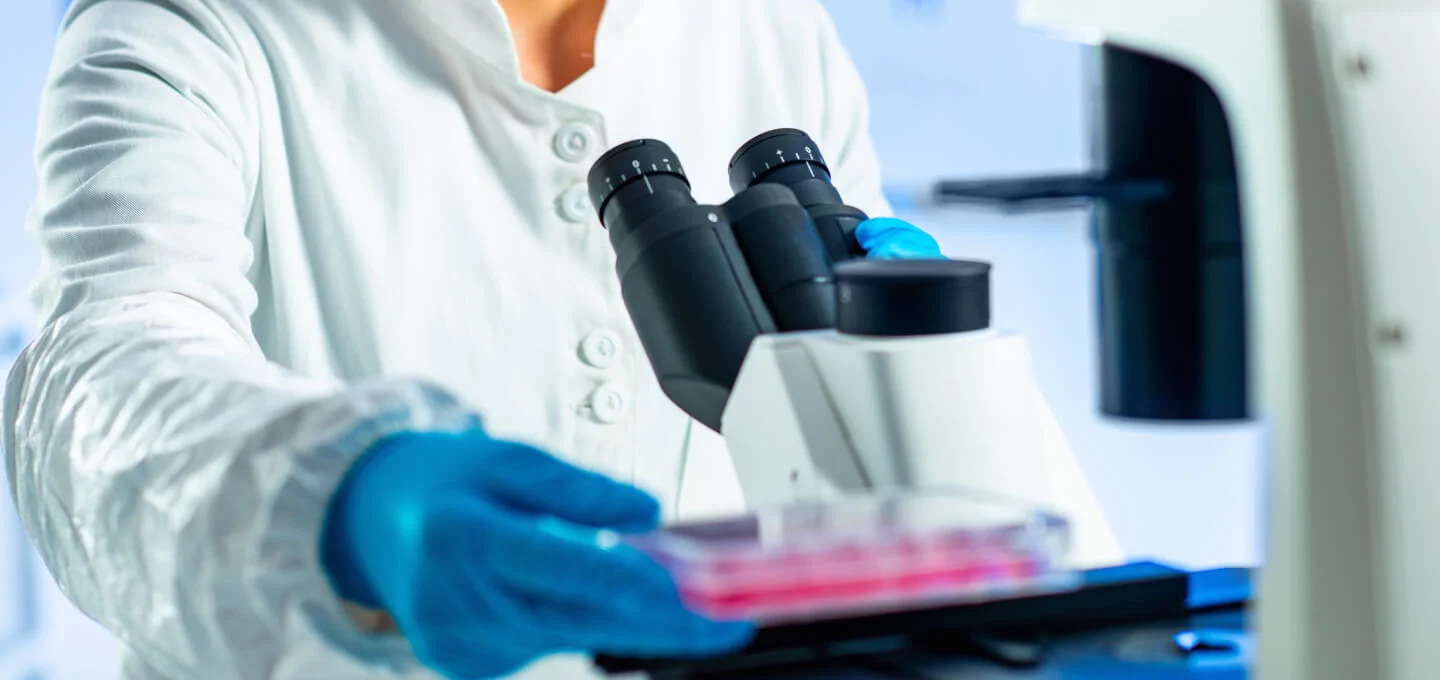
The Procedure of Stem Cell Therapy for Hair Loss
Stem cell therapy for hair loss is an innovative procedure offering potential solutions to baldness. The process commences with the harvesting and processing of stem cells. The cells are usually harvested from fatty tissue in the patient’s body through a minimally invasive procedure and then processed in a laboratory to isolate the stem cells.
Once the stem cells are ready, they are injected into the scalp. This involves the use of a special needle, and the procedure is typically done under local anesthesia to reduce discomfort.
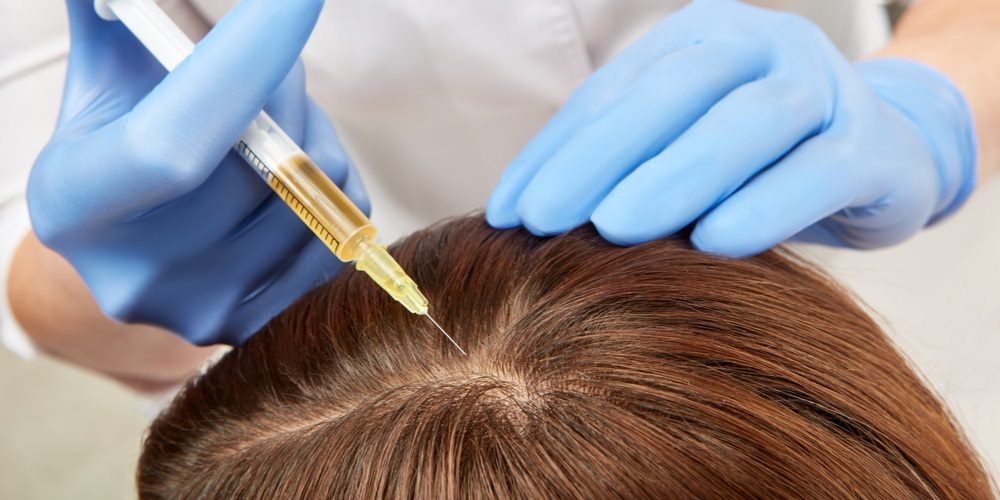
Results are not instantaneous, as it generally takes a few months to observe any significant hair regrowth. Typically, patients can expect to observe notable change after three to six months.
The Potential Benefits of Stem Cell Therapy for Hair Loss
Stem cell therapy, a burgeoning field of regenerative medicine, offers promising potential in treating hair loss. Unlike traditional treatments like Minoxidil or Finasteride, which only manage symptoms, stem cell therapy addresses the root cause of hair loss by regenerating hair follicles. This revolutionary approach could lead to a more effective and possibly permanent solution to hair loss.
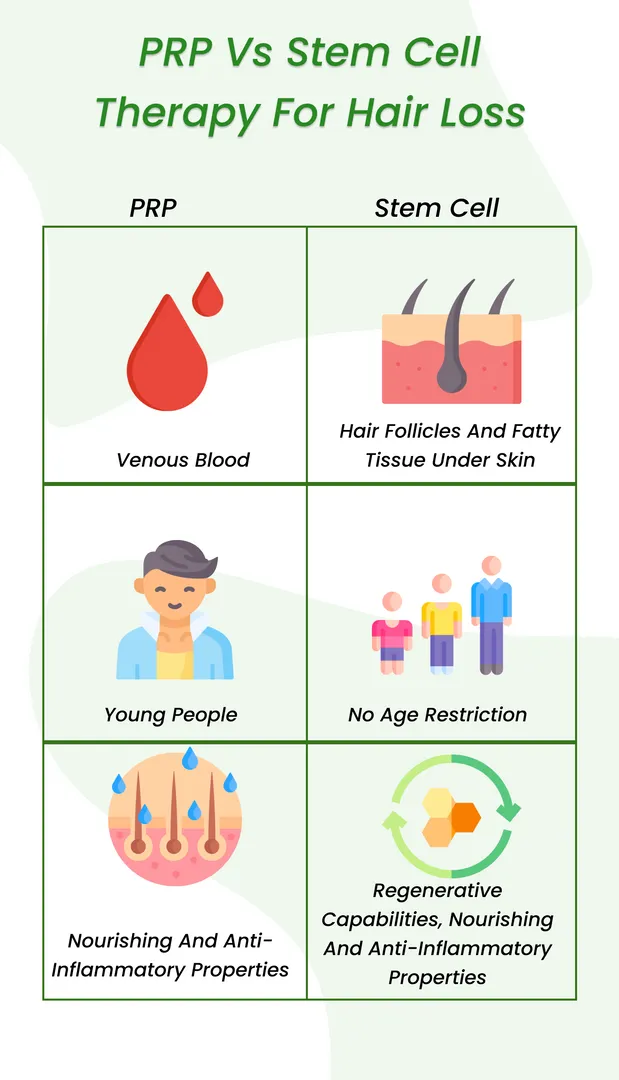
Stem Cell Therapy: A Potential Permanent Solution for Hair Loss
Imagine a world where hair loss is a thing of the past. With stem cell therapy, this could become a reality. By harnessing the body’s own regenerative capabilities, stem cell therapy could provide a permanent solution for hair loss.
Additional Health Benefits of Stem Cell Therapy
Aside from treating hair loss, stem cell therapy boasts numerous other health benefits. It has shown potential in treating a range of conditions, from heart disease to Alzheimer’s. As we continue to unlock the potential of stem cells, the possibilities for health and healing are immense.
- Stem cell therapy could be more effective than current treatments for hair loss.
- Stem cell therapy holds the potential for a permanent solution to hair loss.
- Stem cell therapy offers numerous other health benefits.
Potential Risks and Limitations of Stem Cell Therapy for Hair Loss
While the potential of stem cell therapy for hair loss is promising, it is vital to understand the associated risks and limitations. One of the primary concerns is the potential side effects. As with any medical procedure, there is a risk of infection, and patients may experience other unexpected reactions to the treatment.
Moreover, it’s essential to note that current research is still in its nascent stages. While early results are encouraging, there are still many uncertainties surrounding the long-term effectiveness and potential complications of stem cell therapy for hair loss.
Another substantial limitation is the cost. Stem cell therapy is a highly specialized procedure, and as such, it comes with a high price tag. Unfortunately, this may put it out of reach for many people.
The Future of Stem Cell Therapy in Treating Hair Loss
The future of stem cell therapy in treating hair loss is potentially transformative. Ongoing research and clinical trials are focused on uncovering new methods to encourage hair regrowth using stem cells. The goal? A treatment that’s not only effective but also safe and personalized.
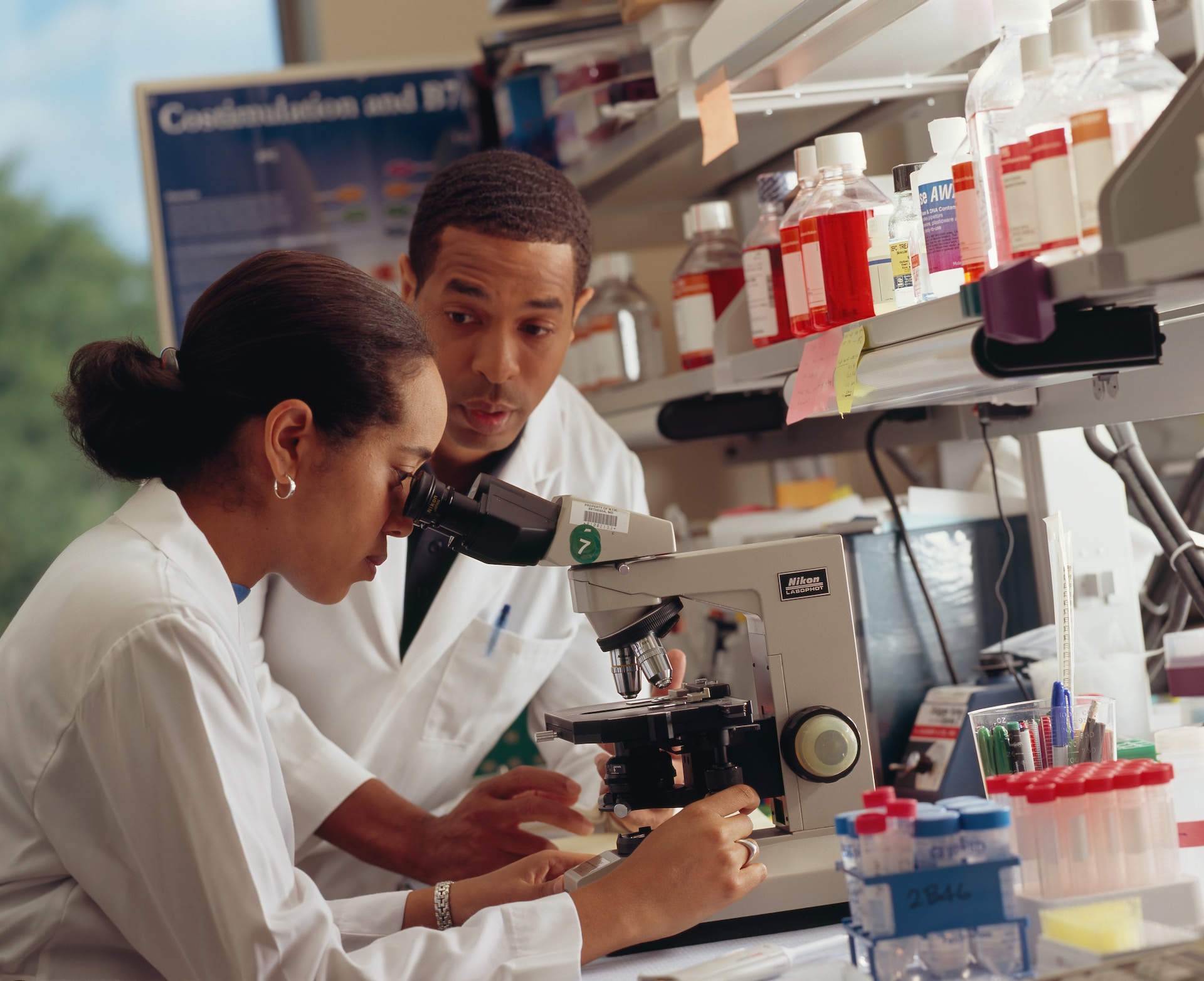
Personalized stem cell therapies are on the horizon. These treatments could utilize a patient’s own cells, reducing the risk of adverse reactions and improving effectiveness.
Regulation and Ethical Considerations
The future of stem cell therapy for hair loss will also be shaped by regulation and ethical considerations. Ensuring these treatments are both safe and ethical is paramount.
In conclusion, the future of stem cell therapy for hair loss is promising, but the journey is far from over. The focus now is on refining the technology, ensuring safety, and addressing ethical issues.
